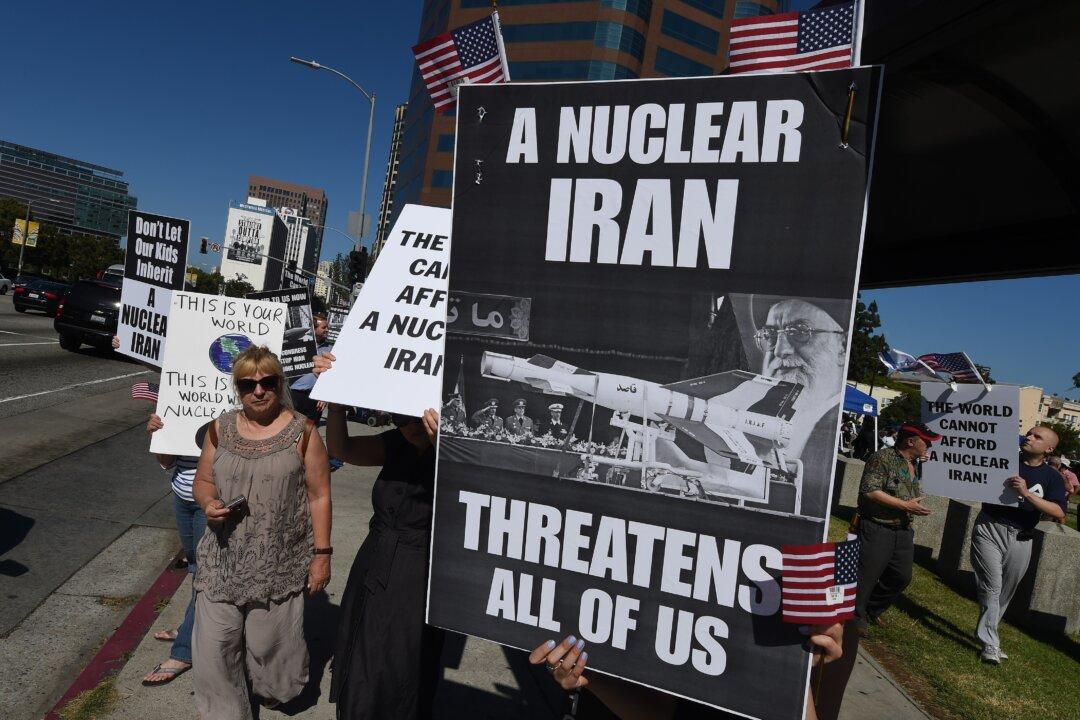Commentary
The Iranian dictatorship may be losing its grip on power. Consequently, its historical strategy of continuous but low-level attacks on U.S. interests in the Middle East may be changing into something more deadly.

The Iranian dictatorship may be losing its grip on power. Consequently, its historical strategy of continuous but low-level attacks on U.S. interests in the Middle East may be changing into something more deadly.